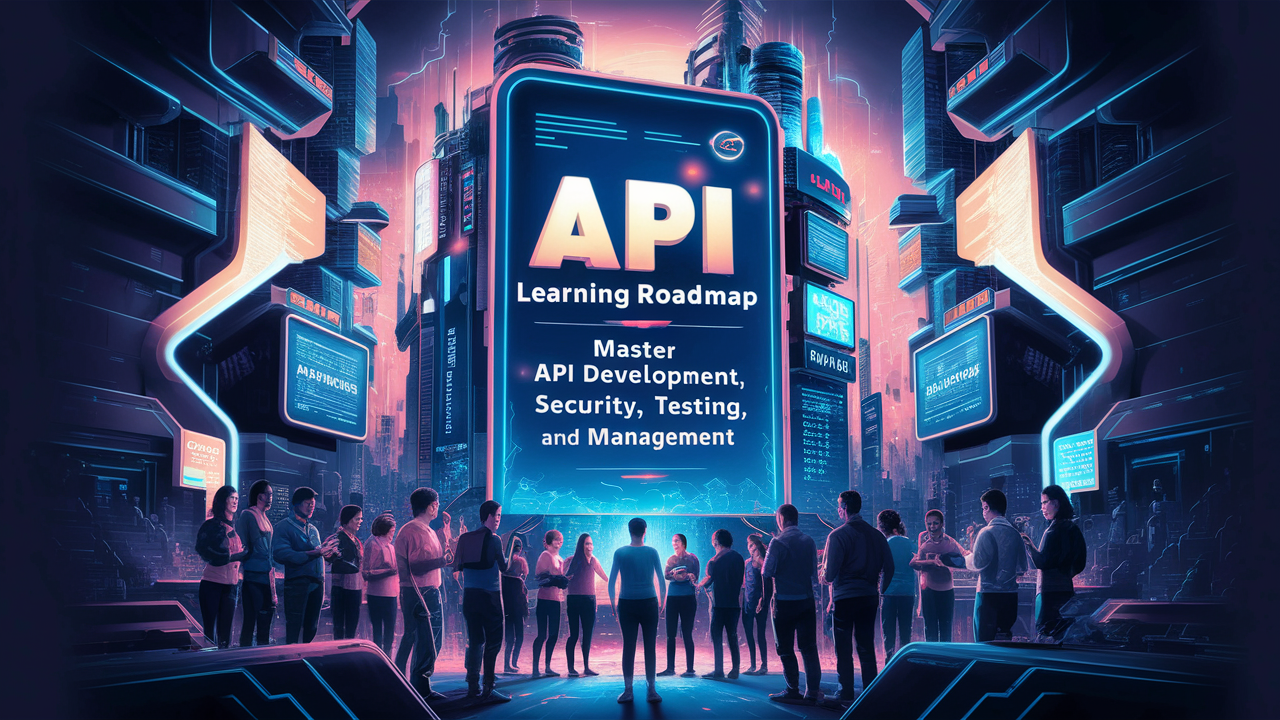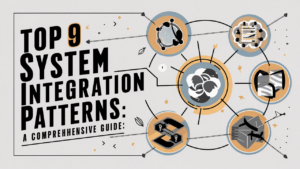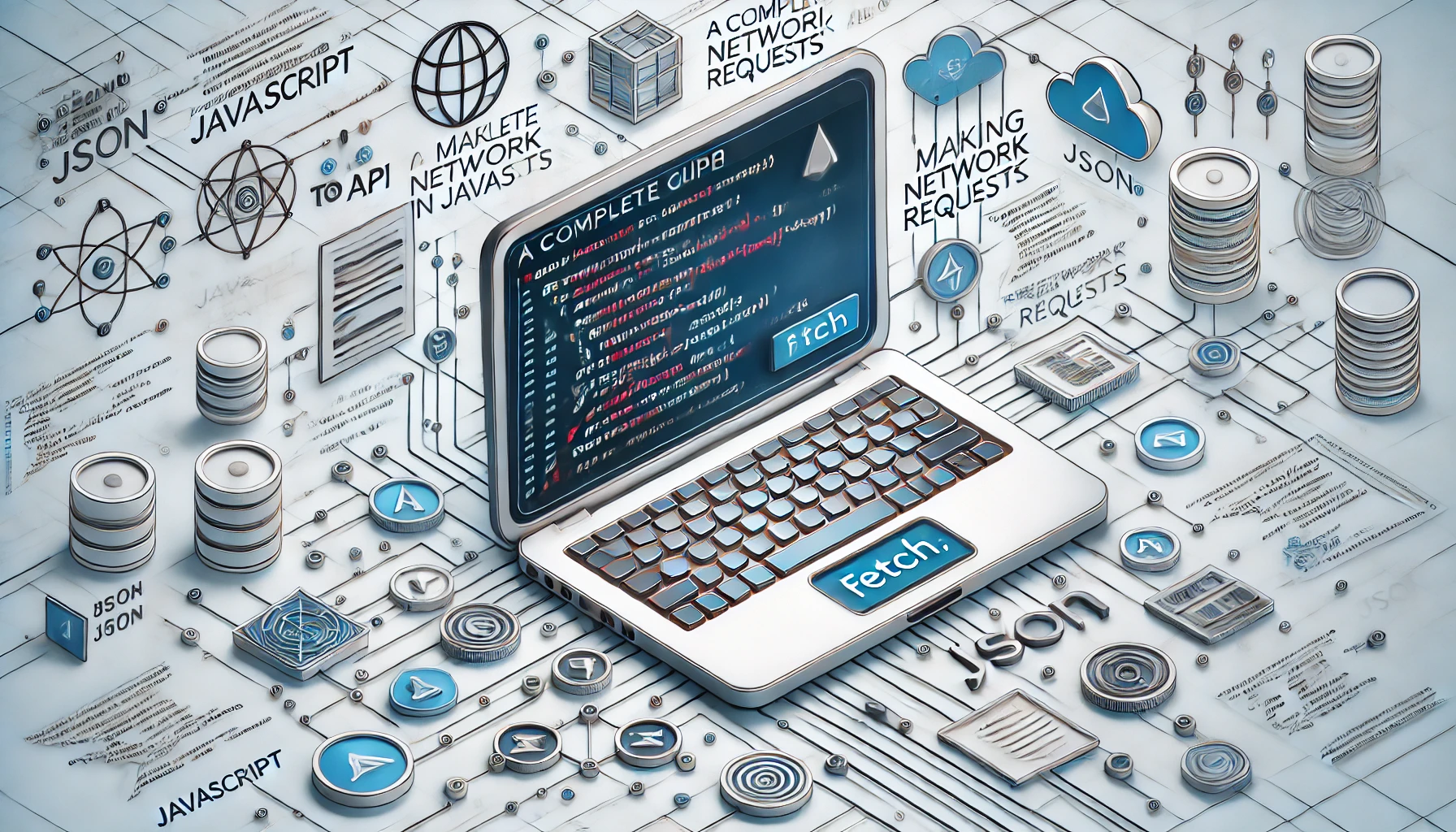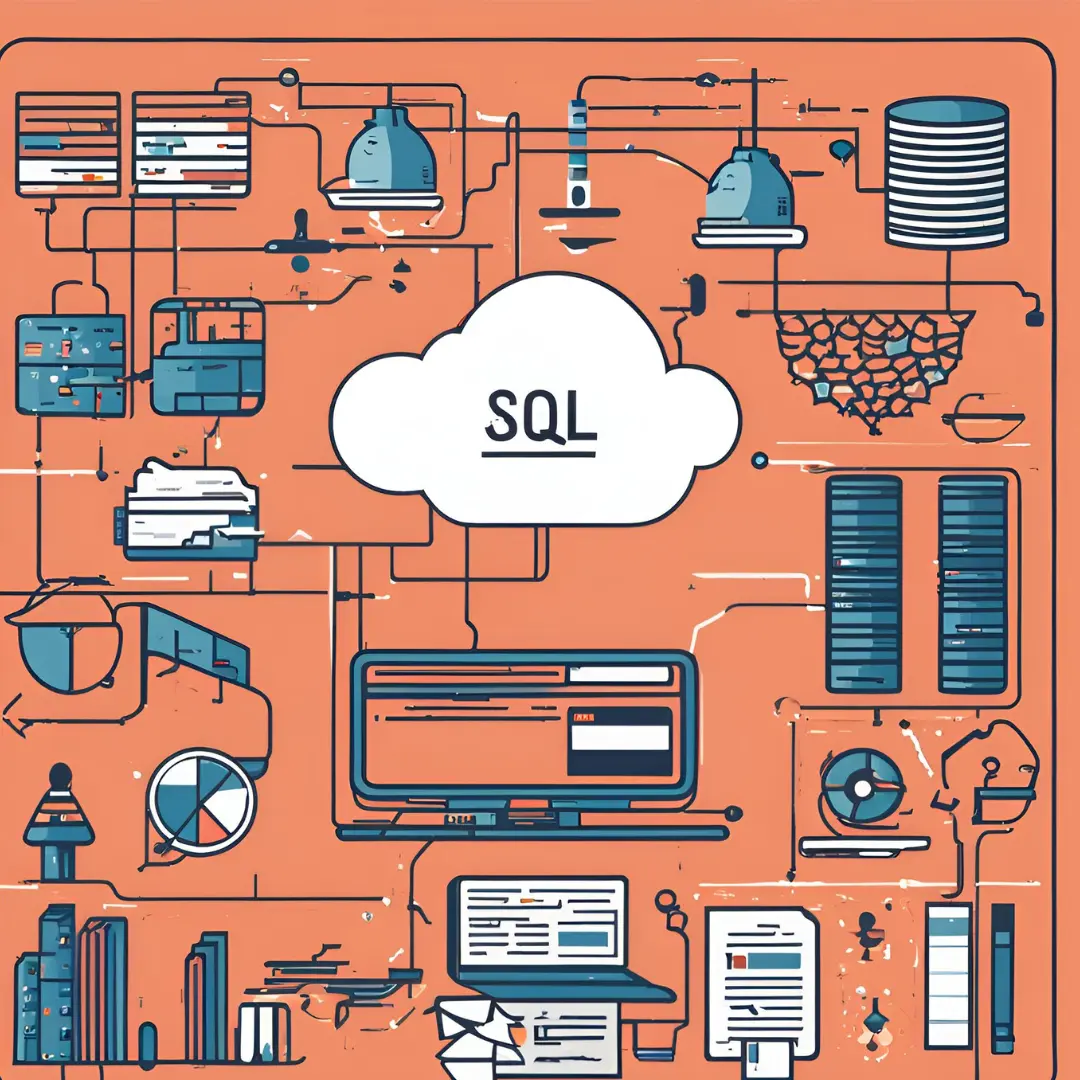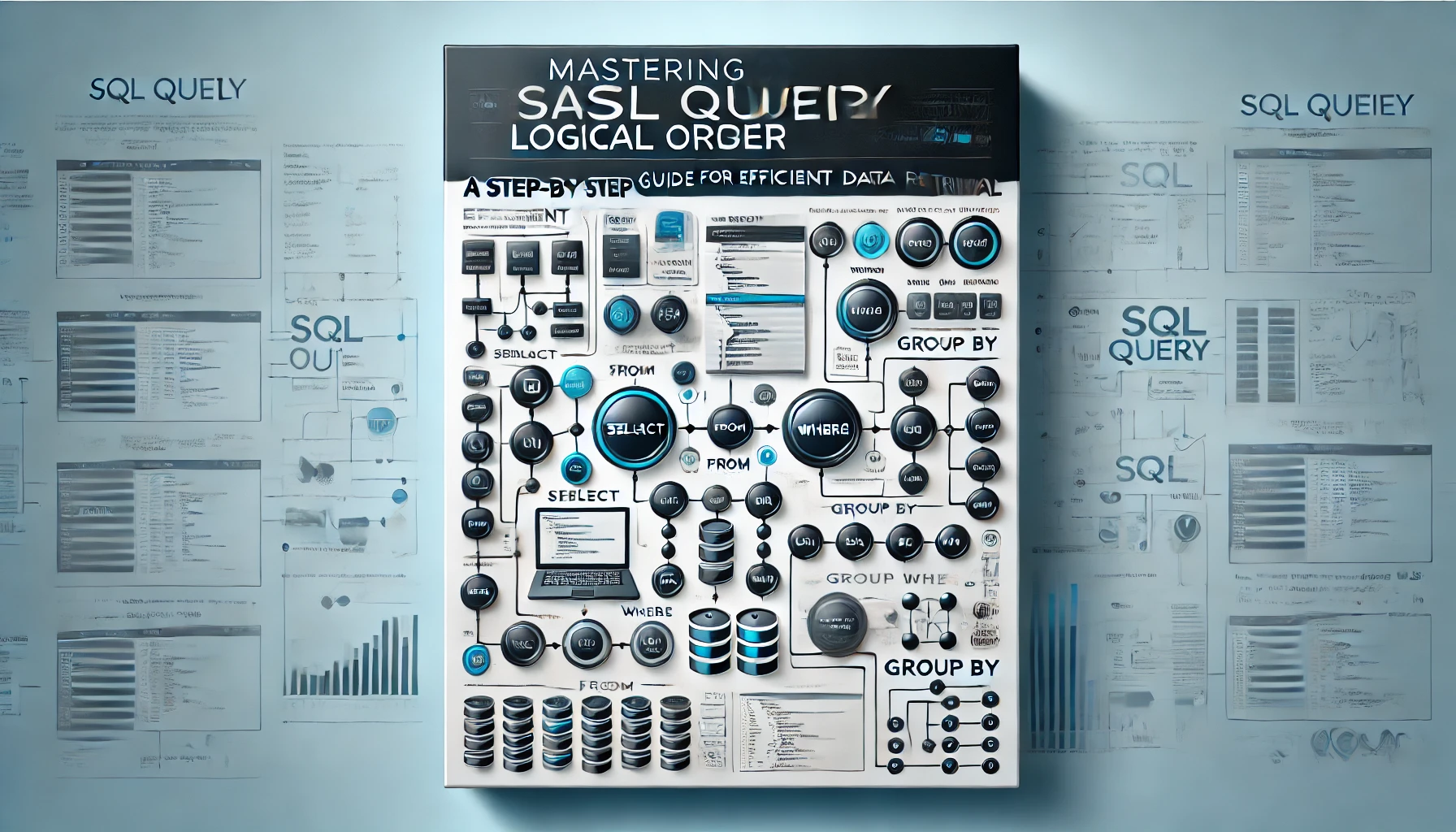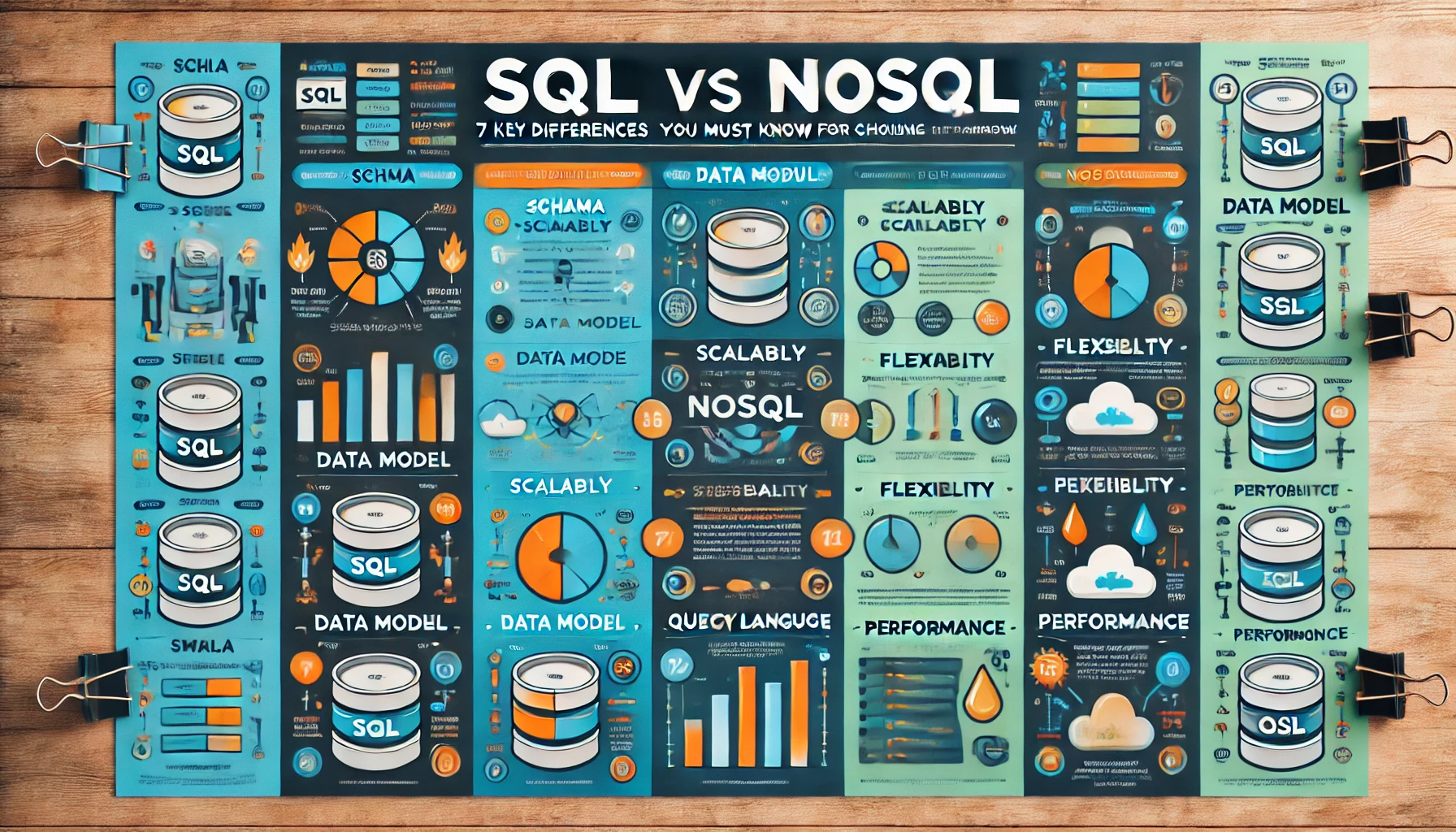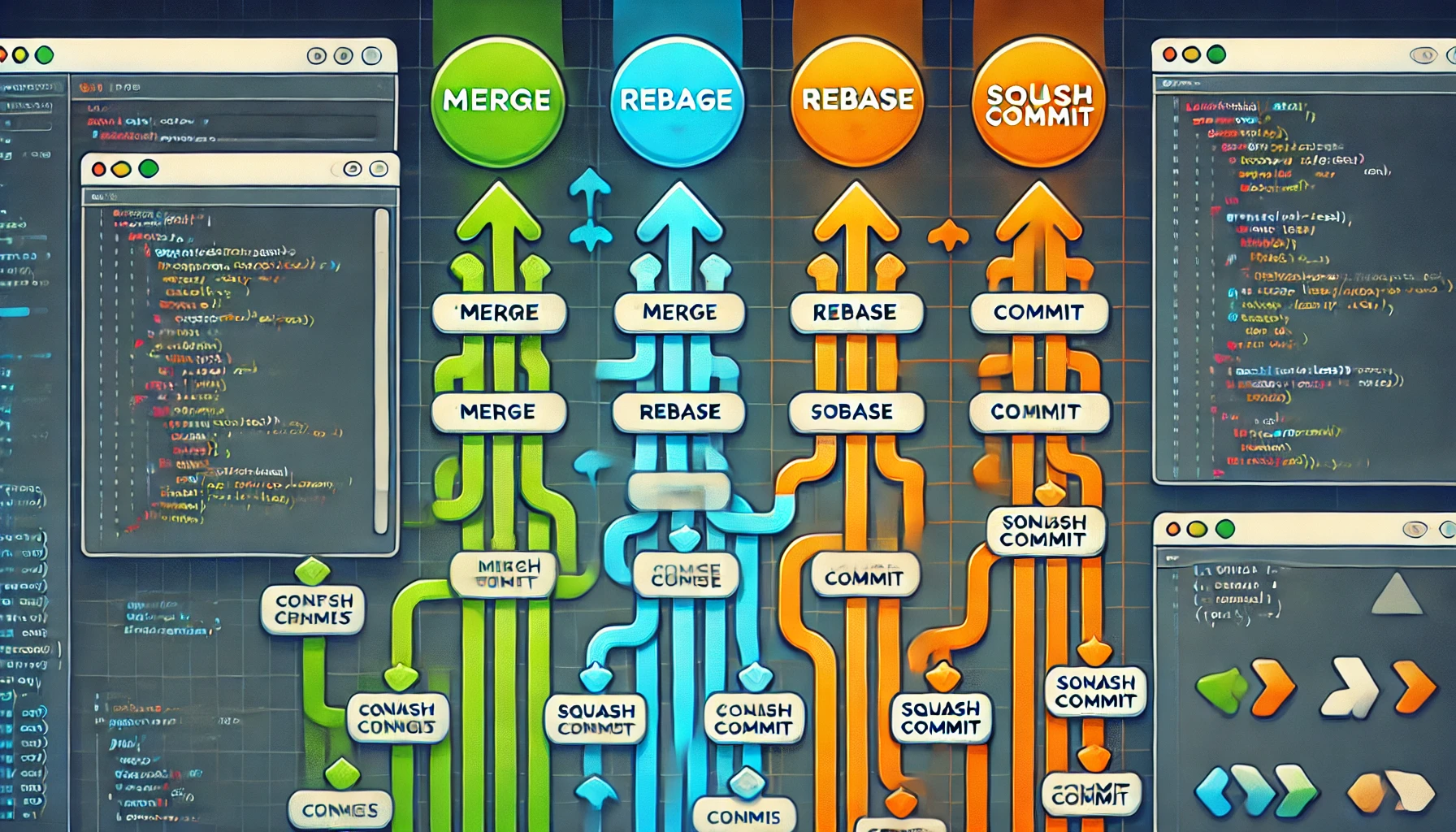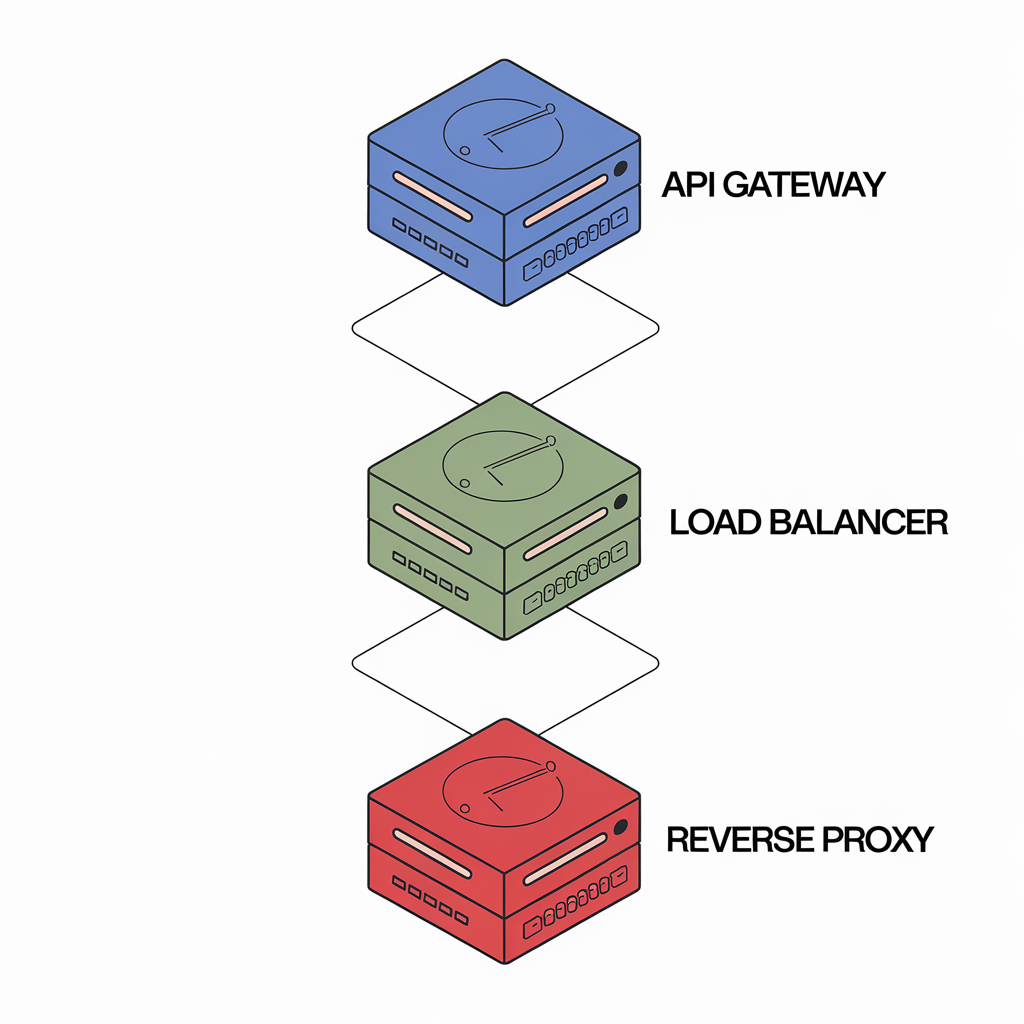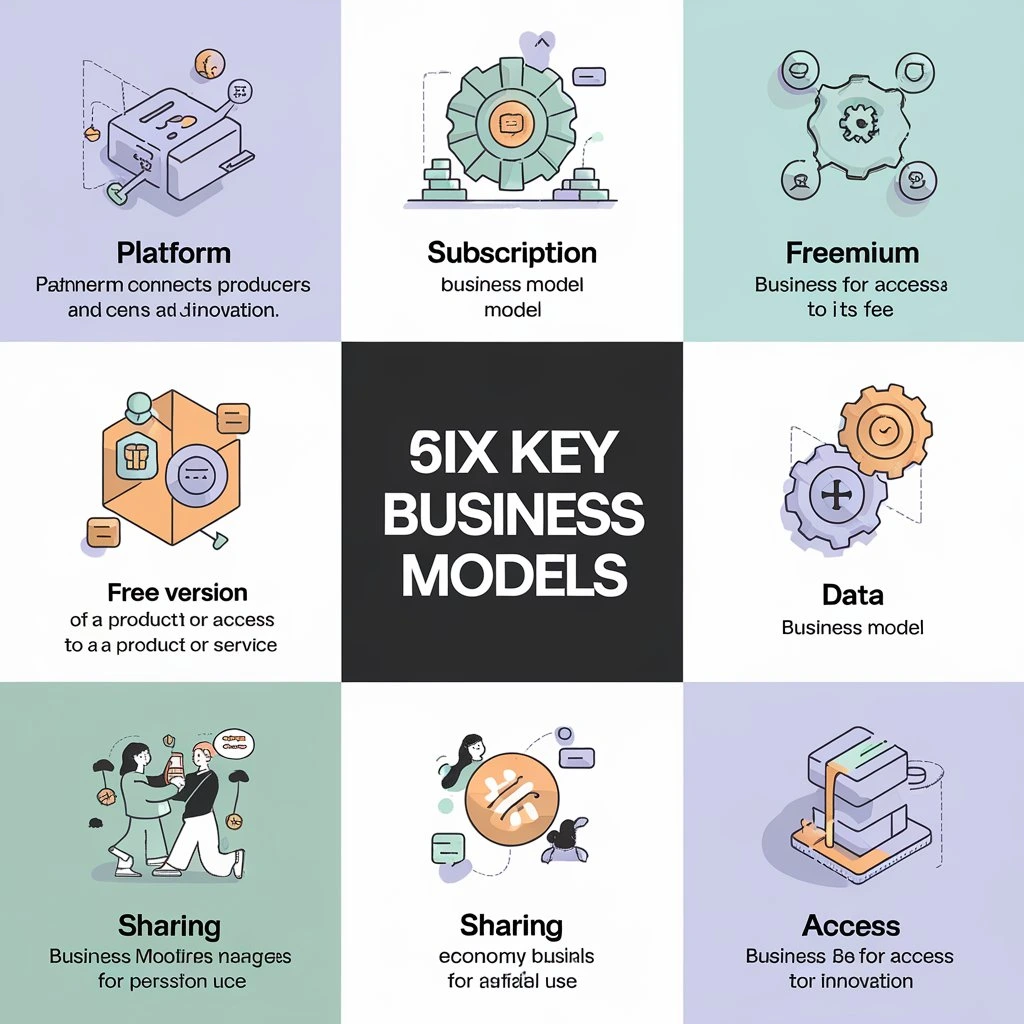Whether you’re just starting or you’re an experienced developer looking to deepen your knowledge of APIs, this API learning roadmap will guide you through key concepts, best practices, and tools to help you become proficient in developing, securing, testing, and managing APIs.
1. Introduction to API Learning Roadmap
What is an API?
An API (Application Programming Interface) is a set of protocols, routines, and tools for building software applications. APIs define how different software components should interact, enabling seamless communication between applications.
Key API Types:
Public APIs: Open to external developers and users, such as the Twitter API.
Private APIs: Used internally within an organization.
Partner APIs: Shared with specific business partners to access resources or services.
Composite APIs: Combine multiple API calls into a single call, returning a consolidated response.
💡 Example:
A public API like the Google Maps API allows developers to integrate maps into their applications. In contrast, a private API could allow internal teams in a company to pull proprietary data from internal servers.
2. API Architectures 🏛️
API learning roadmap can be designed in various architectural styles, each suited for different needs and use cases.
REST (Representational State Transfer): The most widely used architectural style for web APIs, focusing on resources and the use of standard HTTP methods (GET, POST, PUT, DELETE).
GraphQL: A flexible query language for APIs that allows clients to request specific data. It’s designed to reduce over-fetching and under-fetching issues.
SOAP (Simple Object Access Protocol): A protocol for exchanging structured information in web services using XML.
gRPC: A high-performance, open-source RPC framework developed by Google that uses protocol buffers for serialization.
WebSockets: Provides full-duplex communication between a client and a server, ideal for real-time applications like chat apps.
Webhook: A mechanism for real-time notifications where one service triggers an event and the other service listens and responds to it.
💡 Use Case:
Use REST when building a public-facing API like a social media platform.
Choose GraphQL for a client-facing API that needs flexibility in data querying.
WebSockets work best for real-time applications like live sports score updates or messaging systems.
3. API Security 🔐
Ensuring the security of APIs is paramount, especially when handling sensitive user data. Here are the main components of API security:
Authentication: Verifying the identity of users. Examples include:
Basic Authentication: Transmits credentials as base64-encoded strings.
OAuth 2.0: Used for token-based authentication, popular with APIs like Google and Facebook.
JWT (JSON Web Tokens): Encoded tokens that include user information and an expiry time for authentication.
Authorization: Controlling which resources a user has access to. It is the process of granting or denying access to certain API endpoints after authentication.
Rate Limiting: Prevents misuse or abuse of APIs by limiting the number of requests a user can make in a certain time frame.
Encryption: Ensures data is secure during transmission using protocols like HTTPS to prevent interception or man-in-the-middle attacks.
💡 Example:
A payment API like Stripe must implement OAuth 2.0 for secure authentication and rate limiting to prevent abuse by malicious actors attempting to flood the system with requests.
4. API Design Best Practices 🧑🎨
Designing an API learning roadmap with best practices ensures that it’s easy to use, scale, and maintain.
RESTful Conventions: Adhere to REST principles by using proper HTTP methods (GET for retrieving data, POST for creating resources) and naming resources correctly (e.g.,
/usersrather than/getUsers).Versioning: As APIs evolve, it’s crucial to version them to ensure backward compatibility:
URI Versioning: Example:
/v1/usersQuery Parameter Versioning: Example:
/users?version=1Header Versioning: Example:
Accept: application/vnd.company.v1+json
Pagination: Use pagination for large datasets to improve performance. For example, using a query parameter like
?page=2&limit=20to return the second page of 20 users.Error Handling: Use proper HTTP status codes (e.g., 404 for not found, 400 for bad requests) and return informative error messages to help developers understand what went wrong.
💡 Scenario:
You’re designing an API learning roadmap for an online store. Use pagination when displaying product search results and versioning to ensure future API updates do not break existing client integrations.
5. API Documentation 📄
Clear documentation is essential for any API learning roadmap. It helps developers understand how to use the API, what endpoints are available, and what responses to expect.
Swagger/OpenAPI Specification: A widely used standard for describing REST APIs, which allows developers to generate API docs, client SDKs, and even tests automatically.
Postman: While primarily used for testing APIs, Postman can also generate and publish API documentation that developers can explore interactively.
ReDoc: A tool that generates beautiful, user-friendly API documentation from an OpenAPI spec.
💡 Example:
You are building a REST API and want to create an interactive Swagger UI where users can explore all the available endpoints, test them in real time, and see sample requests and responses.
6. API Testing 🧪
Thorough testing is vital to ensure your API works as expected, both in terms of functionality and performance.
Postman: Beyond documentation, Postman allows you to create automated tests for APIs. You can define test scripts to verify the responses, status codes, and data integrity.
SoapUI: Ideal for SOAP APIs and also supports REST. It’s used for functional, regression, and load testing of APIs.
JMeter: Often used for performance testing, JMeter helps simulate high traffic to test how APIs handle the load.
API Mocking: Use tools like Mockoon or Postman’s mock servers to simulate API responses for testing purposes without needing to interact with the live server.
💡 Scenario:
You’ve just released a new API. You use JMeter to simulate 10,000 requests per minute to evaluate how your API performs under heavy load, ensuring it’s scalable and efficient.
7. API Management ⚙️
Managing an API involves deploying, securing, and scaling it. Several tools help manage API lifecycles and monitor their performance.
API Gateways: Platforms like AWS API Gateway, Azure API Management, and Kong act as intermediaries that handle routing, security, and rate limiting for APIs.
Lifecycle Management: Tools like Postman Collections, RapidAPI, and Akana allow teams to manage API lifecycles, including versioning, updates, and deprecation.
API Analytics and Monitoring: Tools like Moesif, Datadog, and the ELK Stack (Elasticsearch, Logstash, Kibana) monitor API usage and performance, allowing for better insight into API metrics.
💡 Example:
You run a microservices architecture with multiple APIs. You use AWS API Gateway to manage traffic to each service, and Moesif to monitor real-time API analytics and track usage patterns.
8. Implementation Frameworks 🖥️
Several frameworks make implementing APIs easier, offering built-in tools to handle routing, middleware, and data handling.
Python:
Flask: A lightweight framework for small to medium APIs.
Django REST Framework: A robust, scalable framework with built-in tools for creating RESTful APIs.
FastAPI: Known for its speed and performance, ideal for building high-performance APIs.
JavaScript:
Express.js: A minimalist framework for building web applications and APIs using Node.js.
Java:
Spring Boot: A popular framework for building robust enterprise-grade APIs and web applications.
💡 Use Case:
You’re developing a microservice-based architecture and choose FastAPI for Python to build a high-performance API, ensuring low latency and scalability.
Conclusion: Mastering APIs 🎓
By following this API learning roadmap, you’ll gain the foundational knowledge needed to design, implement, secure, test, and manage APIs. With these tools and best practices, you can build reliable and efficient APIs, whether for internal use, public consumption, or partner integration. APIs are a crucial element of modern software architecture, and becoming proficient in them opens up endless possibilities for software development.
So, start learning, experimenting, and mastering the world of APIs\

